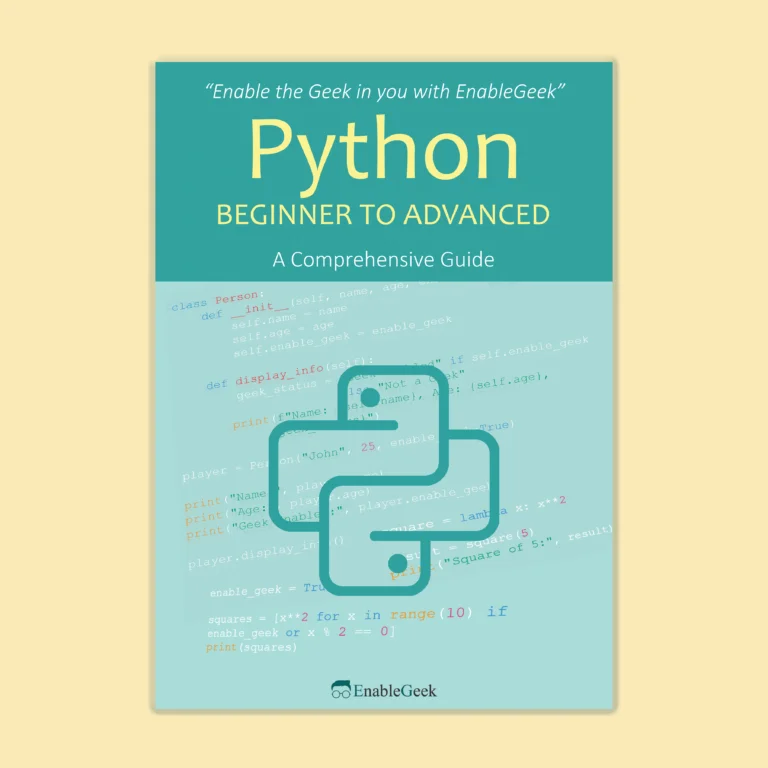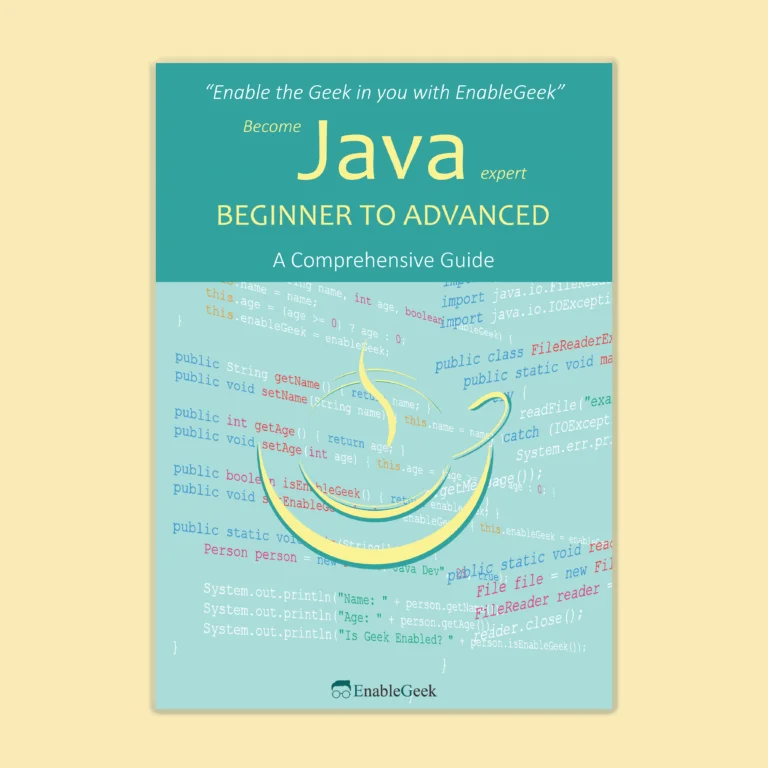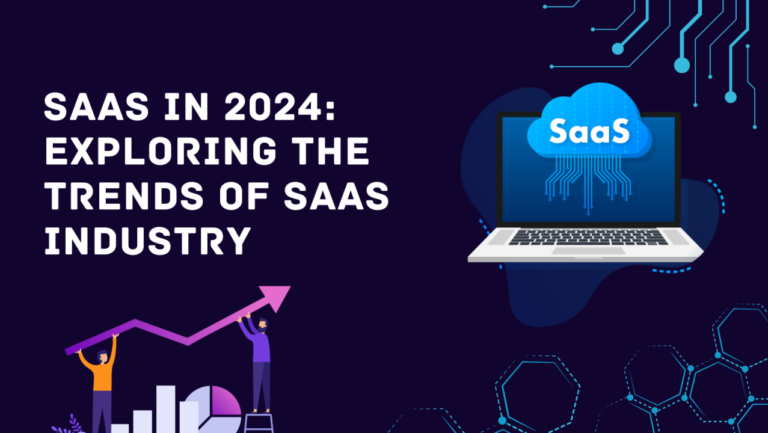Speed, scalability, and dependability are crucial in the dynamic world of IT and software development. Infrastructure management has undergone a paradigm shift as organizations work to meet these demands. You have Infrastructure as Code (IaC), a revolutionary method that treats infrastructure like software, allowing the provisioning and management of IT resources to be automated, consistent, and agile. In this extensive investigation, we delve deeply into the IaC world, its principles, advantages, and best practices, as well as how it is transforming how businesses construct and manage their infrastructure.
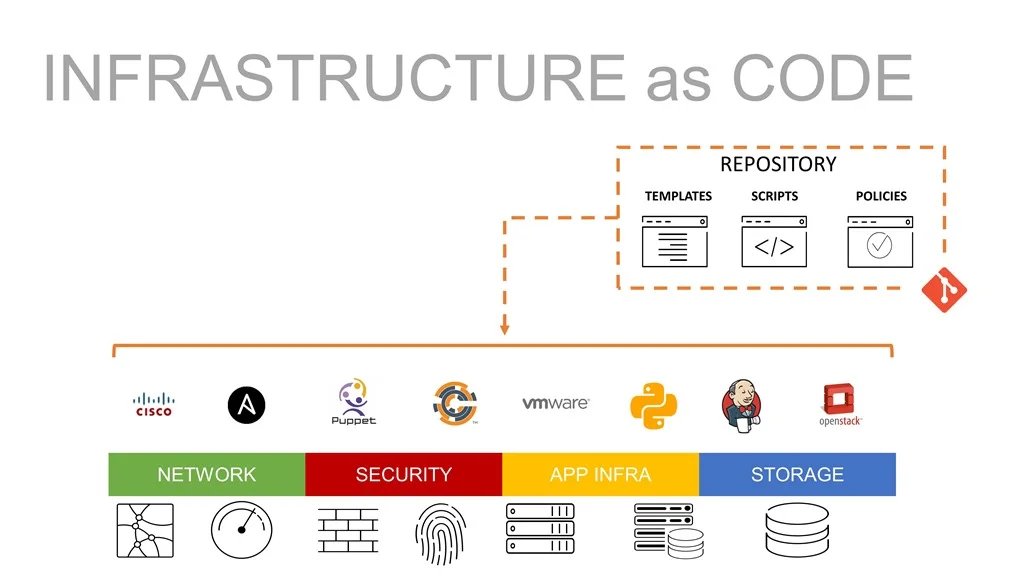
Understanding Infrastructure as Code (IaC)
Infrastructure as Code (IaC) is a method for managing and provisioning infrastructure through code, reducing manual processes. It creates configuration files with infrastructure specifications, making it easier to edit and distribute. IaC also aids in configuration management, preventing ad hoc changes. It also allows for modular components that can be combined through automation. This eliminates the need for developers to manually manage infrastructure components.
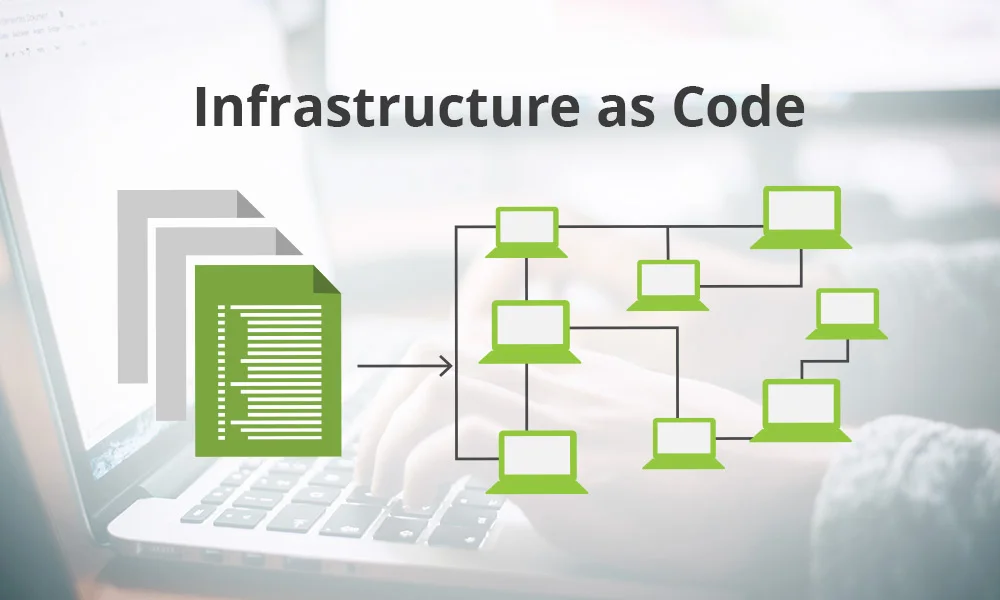
The Key Principles of IaC
- Declarative Syntax: To specify the desired state of the infrastructure, IaC uses declarative syntax. This entails describing the infrastructure’s desired appearance rather than its construction process in detail.
- Idempotency: IaC makes sure that regardless of the infrastructure’s initial state, running the same code repeatedly produces the same result. This makes deployments dependable and predictable.
- Testing: IaC code may be put through automated testing to ensure its accuracy and functionality prior to deployment.
- Reusability: By modularizing and reusing IaC code across various projects and environments, we can increase consistency and efficiency.

Benefits of Infrastructure as Code
Adopting IaC has a variety of benefits for businesses, including improved scalability, cost savings, and increased productivity. Here are a few of the main advantages:
- Increased consistency and repeatability: By using automated infrastructure, application downtime is avoided, and the likelihood of configuration errors is decreased. Environments that have been configured can be reused for various applications. Anyone with technical knowledge can use the source code documentation because it is written in a readable format.
- Collaboration and version control: Manual system modifications, like the addition of new features, are a dangerous endeavor. IAC makes sure that old versions of the source code are kept. Users can then easily roll back to earlier versions in the event of security breaches or other unforeseen circumstances. Team members engaged in the same project can seamlessly contribute individually from distant locations.
- Cost control: Traditionally, development and provisioning are done in physical data centers. It is not advantageous for small businesses and startups for organizations to maintain these because it costs a lot of money. Pay-as-you-go virtual environments are offered by cloud service providers for automation and deployment.
- Security and compliance: The use of automated infrastructure makes sure that companies and organizations deploy applications in accordance with predetermined guidelines and in a secure environment. Security protocols are taken into consideration when building the infrastructure. In this manner, security breaches can be prevented and the source code can be continuously deployed across various environments.

IaC Tools and Platforms in Use
Several platforms and tools have been developed to make IaC implementation easier. Some of the most popular ones are listed below:
- Terraform: Terraform is an open-source infrastructure-as-code (IaC) tool created by HashiCorp that enables users to specify and provision infrastructure using declarative configuration languages. It supports both on-premises infrastructure and a variety of cloud service providers.
- Templates for Azure Resource Manager (ARM): Using ARM templates, users of Microsoft’s Azure Resource Manager can specify the infrastructure for Azure services. These templates, which are JSON files, list the materials required for a solution.
- CloudFormation by AWS: AWS or Amazon Web Services AWS offers CloudFormation as an IaC service. AWS infrastructure can be defined and provisioned by users using templates that are written in JSON or YAML.
- Cloud Deployment Manager by Google: Google’s IaC tool is called Google Cloud Deployment Manager. Users can use YAML or Jinja2 to define all the resources required for their application in a template file.
- Puppet: Another well-liked configuration management tool, Puppet, uses a declarative language to specify the ideal infrastructure state. It provides modules for handling different resource types.
- Cloud Development Kit (AWS CDK): With the help of the open-source AWS CDK framework, users can define cloud infrastructure using well-known programming languages like TypeScript, Python, and Java.
Best Practices for Implementing Infrastructure as Code
- Testing and validation: Testing is carried out to ensure that the source code complies with the requirements and operates as intended. There are two types of testing: integration tests, which check that transactions between components are valid, and unit tests, which concentrate on specific sections of the code. The infrastructure code is validated to ensure that it complies with security, governance, and compliance guidelines. The infrastructure code is put through testing and validation to ensure its security.
- Continuous integration and version control: Version control makes it possible for teams to work together on projects and make changes to the infrastructure code concurrently and without causing conflicts. Continuous integration makes sure that every change to the infrastructure code is automatically tested and deployed, protecting ongoing projects from damage.
- Documentation and organization: Documentation aims to give team members a shared understanding of the infrastructure code and its elements. The Markdown syntax is used, along with illustrations and code documentation. Regular updates are required for the documentation to be valid. To make code simple to read, scale, and maintain, organization entails arranging it using a consistent file structure and version control.
- Automation and orchestration: Automation eliminates manual processes, lowers the chance of error, and allows for meticulous application development and deployment. Orchestration is the process of controlling various infrastructure parts so they can cooperate in an organized way. Tools like Docker and Kubernetes can be used for this. Automation and orchestration can effectively manage finances, speed up deployment procedures, and guarantee that the infrastructure is operating as intended.
Challenges and Things to Think About
Despite the many advantages of IaC, it is crucial to be aware of any potential difficulties and factors:
- Adaptation Curve: IaC adoption involves a learning curve, especially for teams that have never used the method before. Education and training are essential for effective implementation.
- Code Complexity: IaC code can get complicated, especially for intricate and large infrastructures. Modularity, documentation, and proper code organization are crucial.
- State Management: It can be difficult to manage the condition of infrastructure resources, particularly in distributed or multi-team environments. The use of state management tools and tactics is essential.
- Governance and Compliance: To manage IaC code, organizations must establish governance policies and practices, including version control, access control, and adherence to industry standards.
The way businesses manage and provision their IT resources has undergone a paradigm shift with the introduction of infrastructure as code. IaC puts automation, consistency, and scalability at the forefront of IT operations by treating infrastructure as software. With its capacity to speed up deployments, improve teamwork, and lower operational costs, IaC has emerged as a crucial strategy for businesses trying to maintain their competitiveness in the current fast-moving digital landscape. The future of IaC promises even more automation, intelligence, and adaptability as technology develops, further revolutionizing how we create and maintain our infrastructure. Organizations seeking to thrive in the digital era must embrace IaC as a strategic imperative, not just as a technological change.



